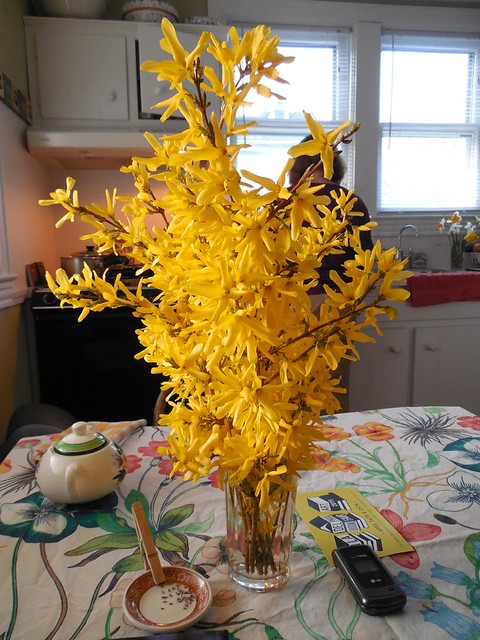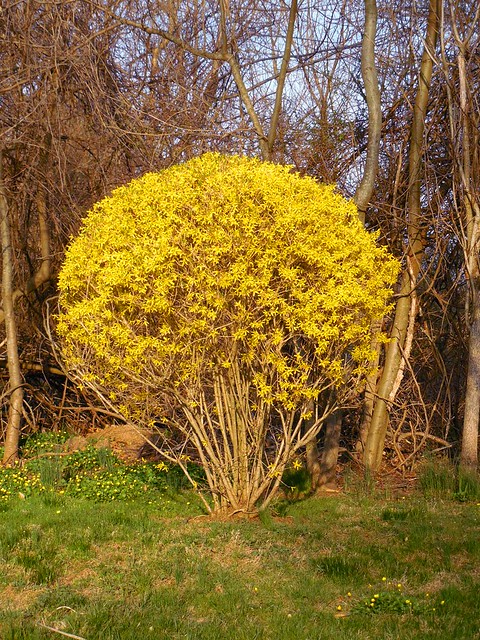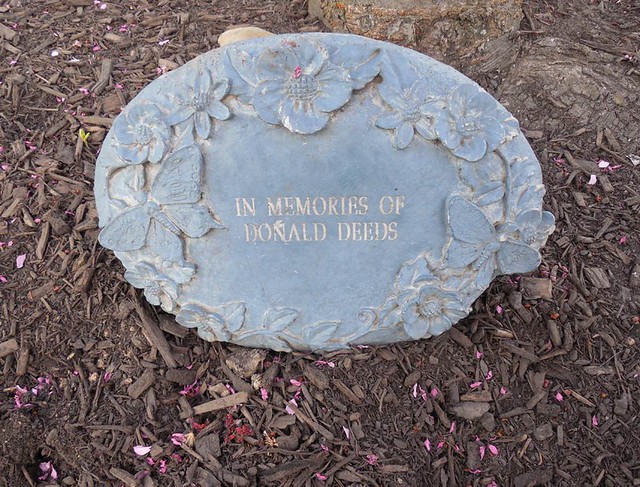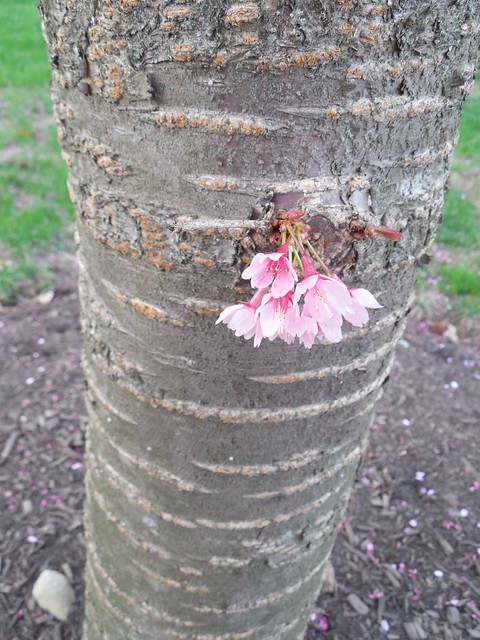 |
| Leonardo da Vinci, Old Man and Water Studies, c. 1513 |
Lately, I have been thinking about how to maximizing visual exploration. When I was younger I felt I had more time to explore. How does one squeeze extra into less time? What kind of drawing best gets to the heart of a subject quickly and yields new insight? These questions caused me to think more about the
thumbnail sketch.
As a student I dreaded thumbnail drawing and sensed many of my peers felt a similar way. These drawings often looked unsubstantial. It seemed to be about getting an idea out with little resolution. No matter how good the draftsman, I found the drawings fundamentally lacking. Even the masters most gestural drawings seem larger and more directed. This caused me to re-examine
Leonardo da Vinci's drawings. I tried to find the more wobbly and expedient looking drawings. I was struck how he could focus on the action of phenomena such as the movement of water (shown above) as well as how he would doggedly pursue a subject (e.g. as seen in the studies for the Trivulzio Monument). Da Vinci's sketchbook becomes a symbol of monumental knowledge.
 |
| Leonardo da Vinci, Study for the Trivulzio Monument, c. 1508 |
Leonardo set a high bar for quality in a drawing journal. Perhaps for this reason, many of those artistically inclined have a drive to make the sketchbook an impressive object. The authority of the book as a form may give rise to the feeling that it must be filled in a spectacular way (leading viewers to continue to turn pages). For me this approach has been problematic. While the sketchbook is useful, it was not a format I wanted to invest a large amount of energy, and at times the thought of hundreds of blank pages felt like a trap.
Recently, I have been more devoted to digital drawing. It is appealing because elements can be shifted, re-arranged, and colors can be tested and altered while different versions may be saved. I enjoy the freedom this allows. However, I have found that the little tag sized drawings have a place. The thumbnail drawing does not require a book, special paper, or almost any other kind of barrier between the mind and hand.
One of the benefits of experience is that one is able to evolve past earlier biases. I held on to a prior assumption that thumbnails sketches were not colorful. Perhaps this is because color has a greater psychological connection with painting. Below are a collection of little drawings. While drawing quickly, here I labored in a way I had not previously. The marker became like a brush and in each drawing something new was discovered. While the discoveries did not seem monumental, my thinking was shifted, I found little surprises, and I was able to see potential. Perhaps this is like Leonardo's water study, at the time it was made his sketch may not have seemed like much. However, the drawing did lead Leonardo further down the river toward wider deeper currents.
 |
| Thumbnail Collection, 2015 |







